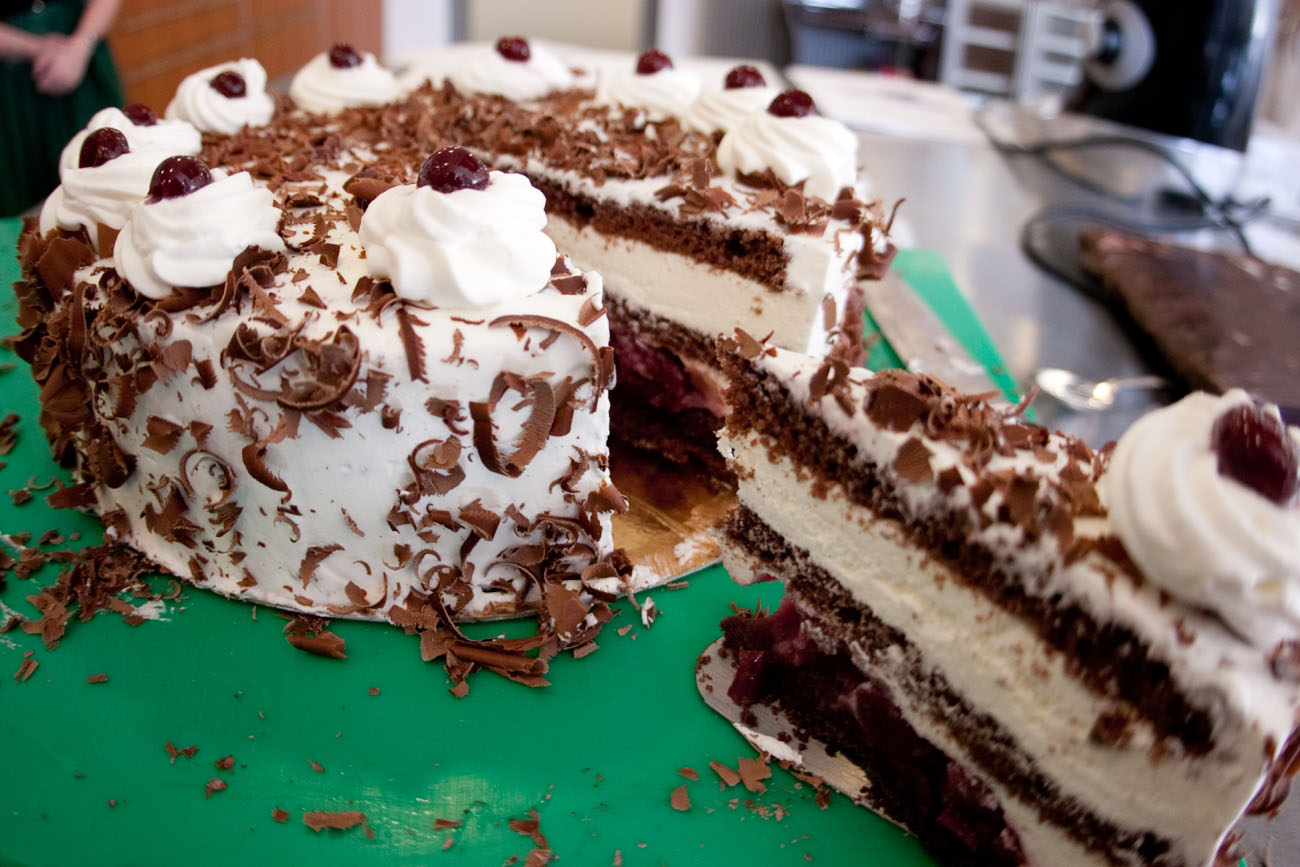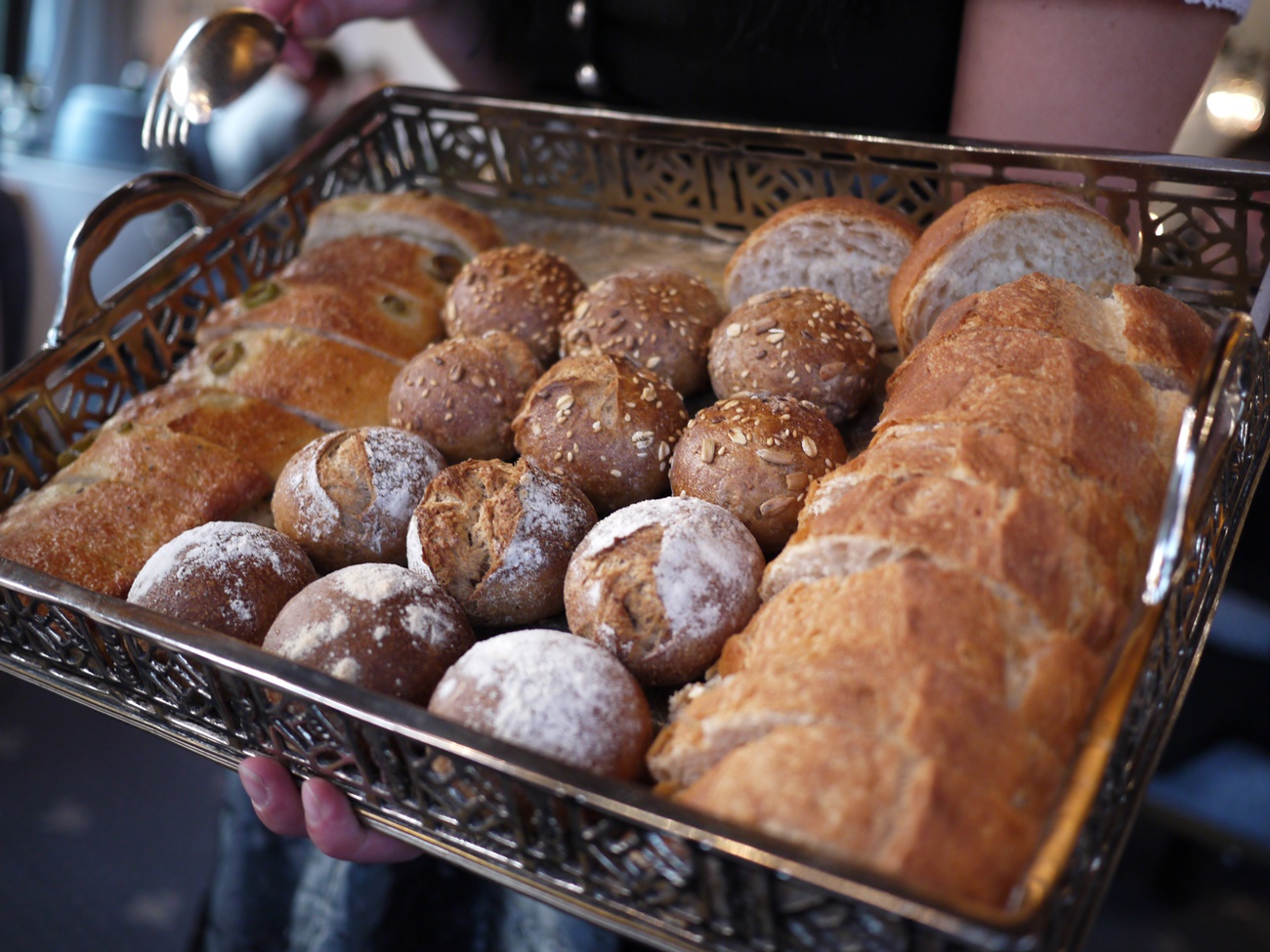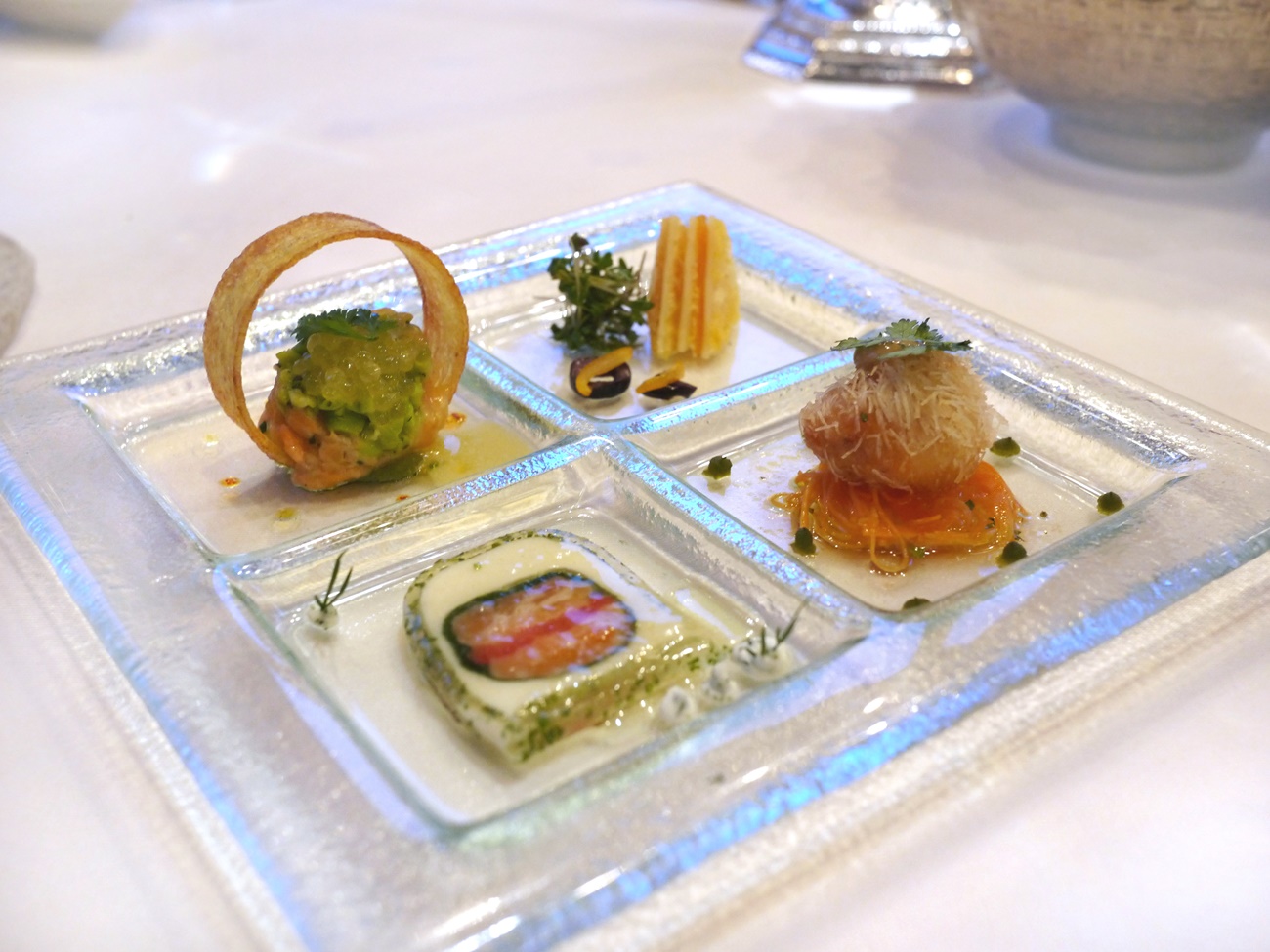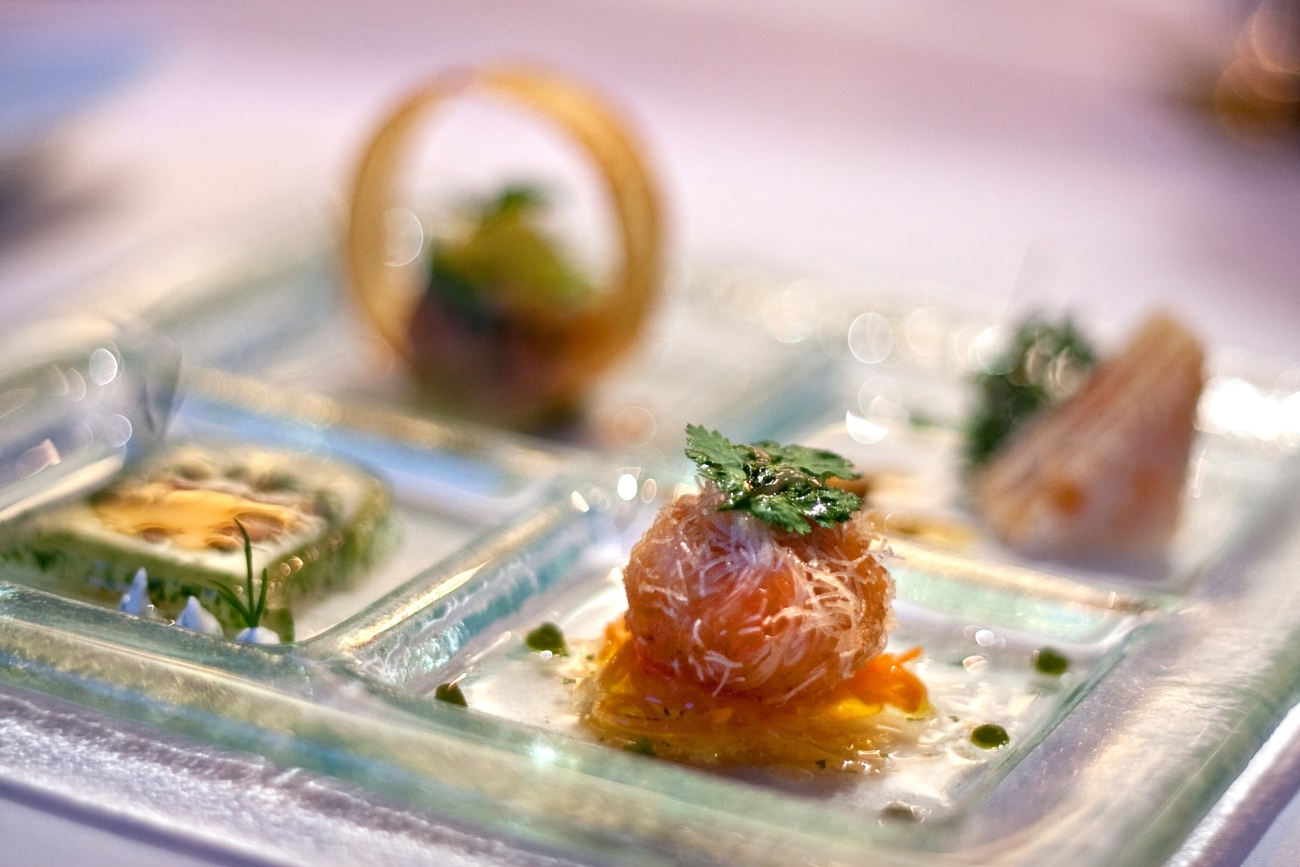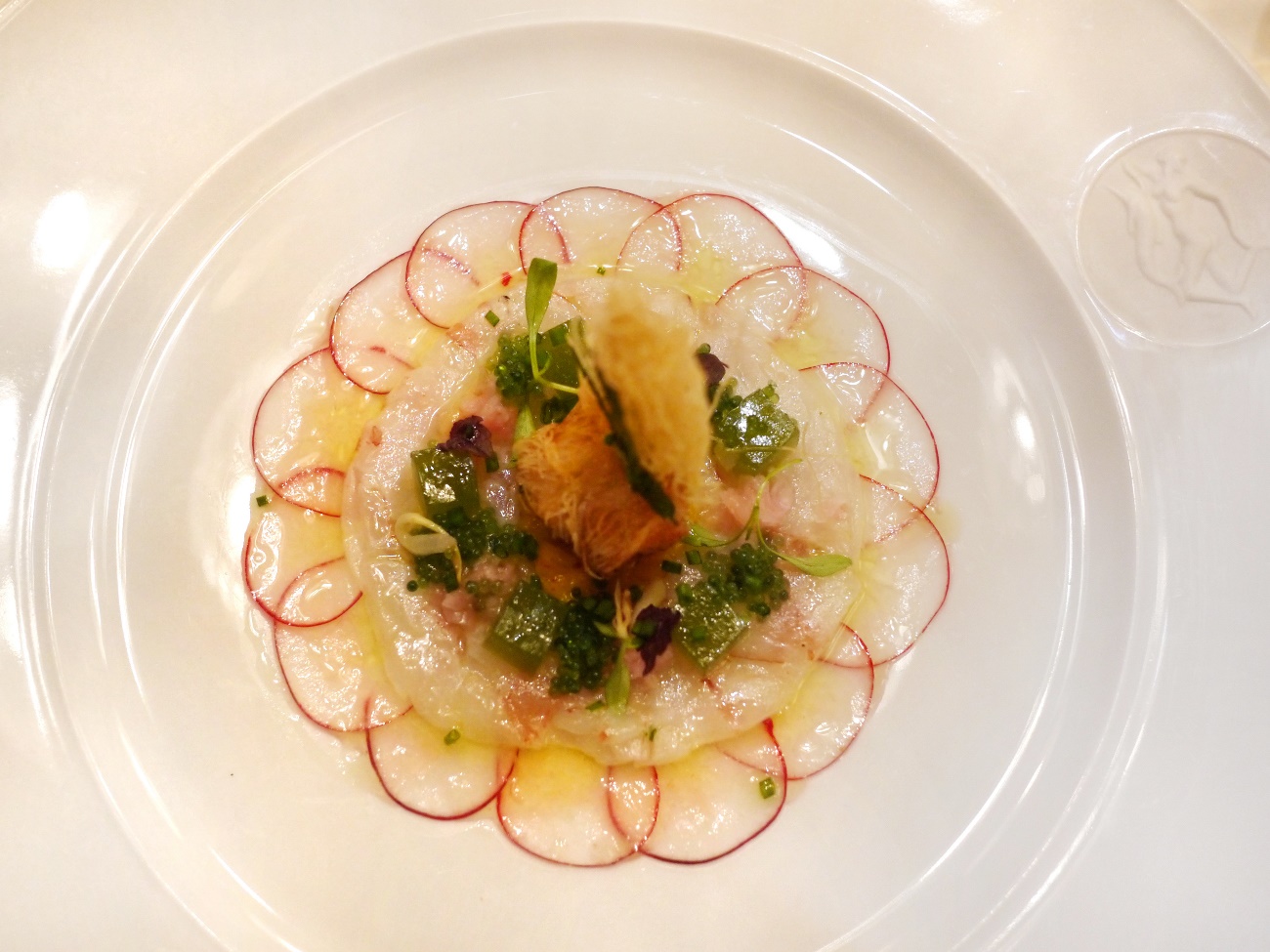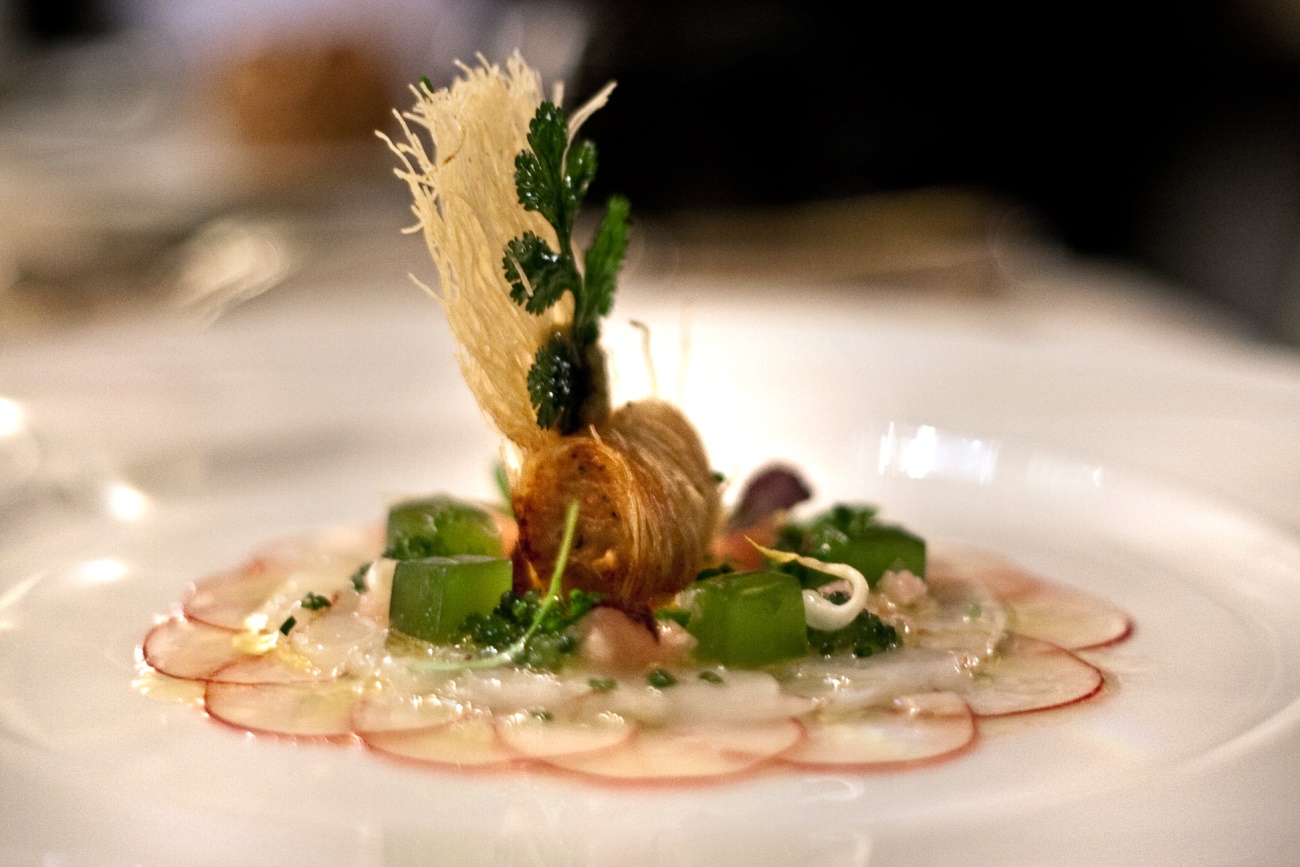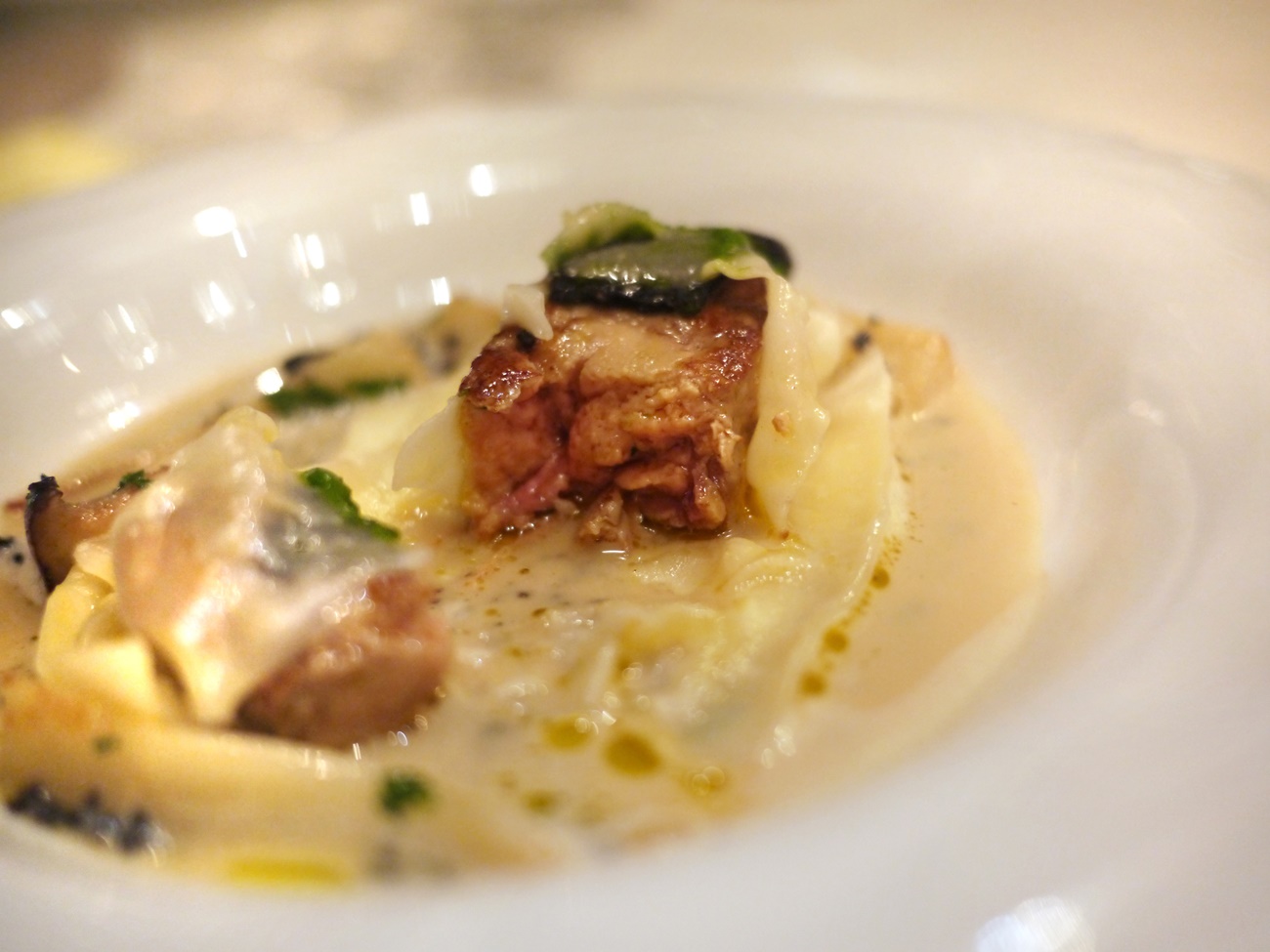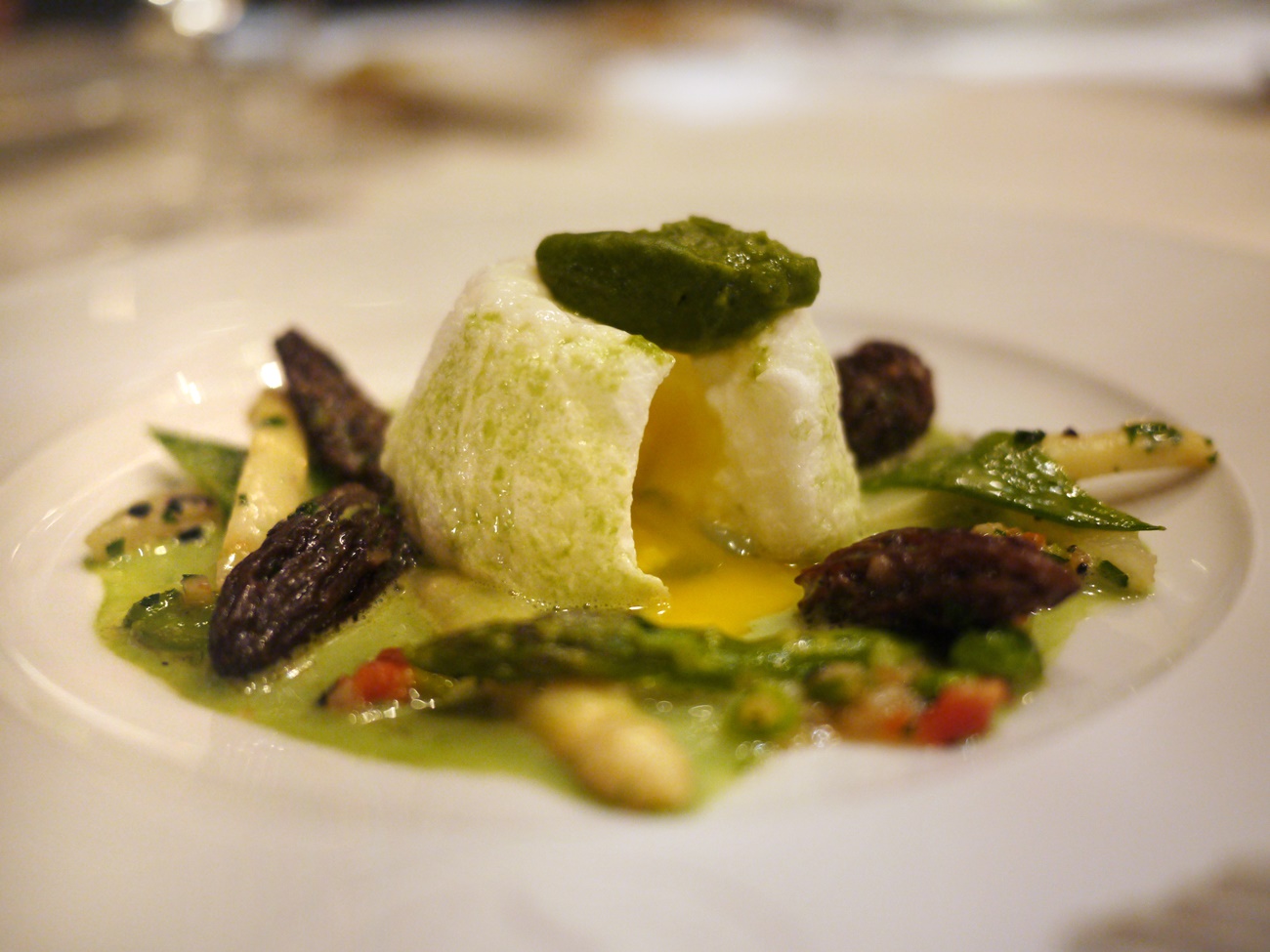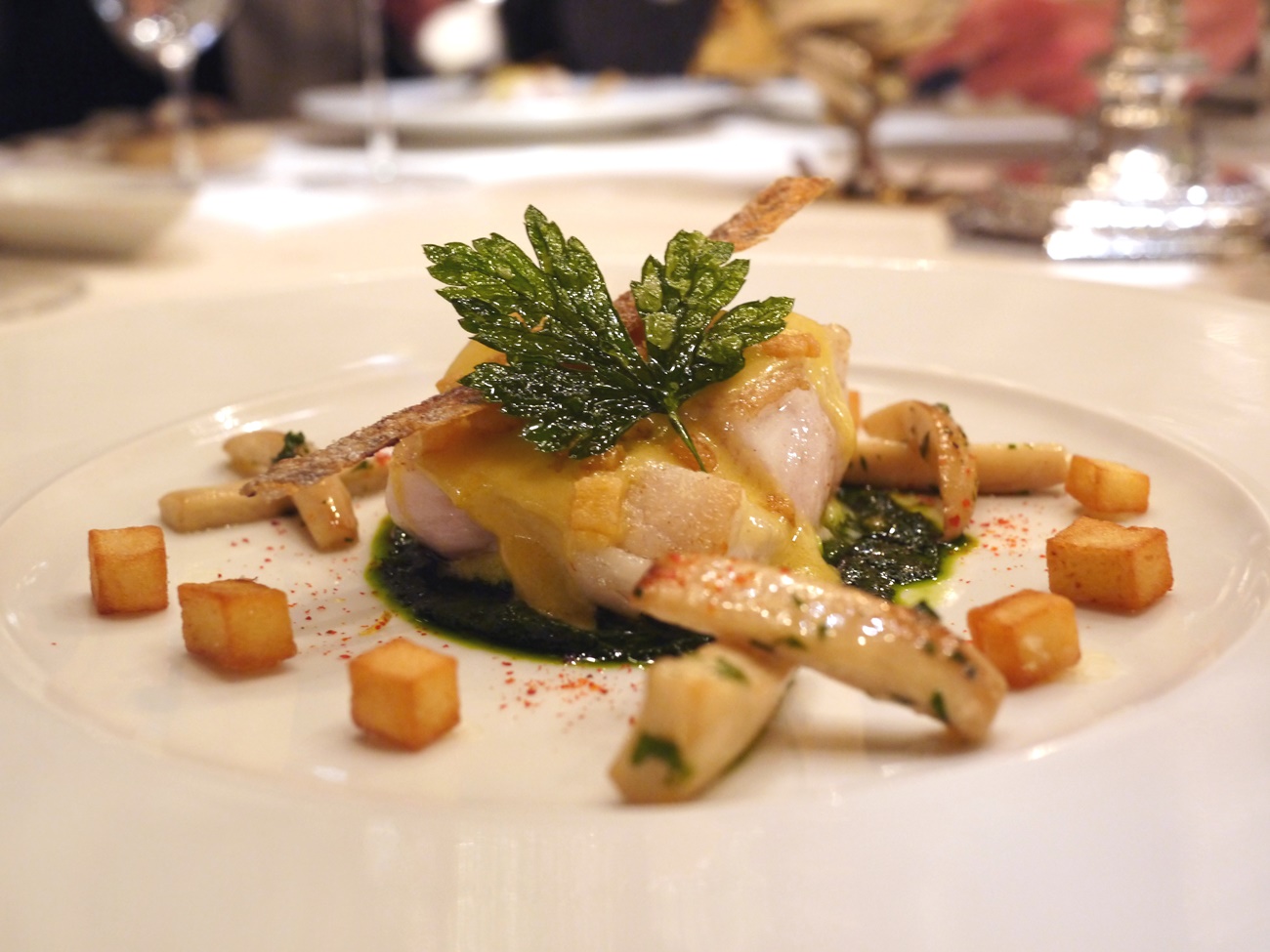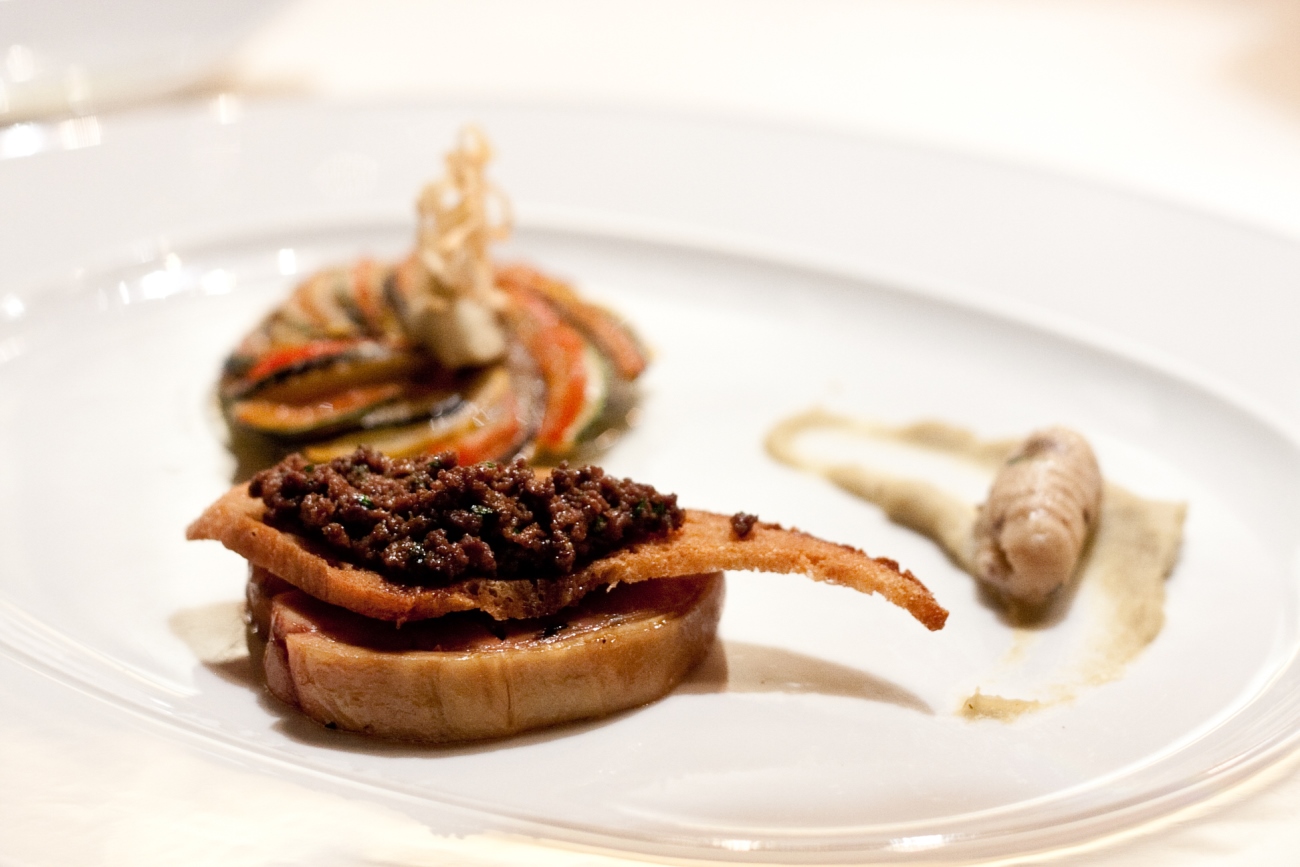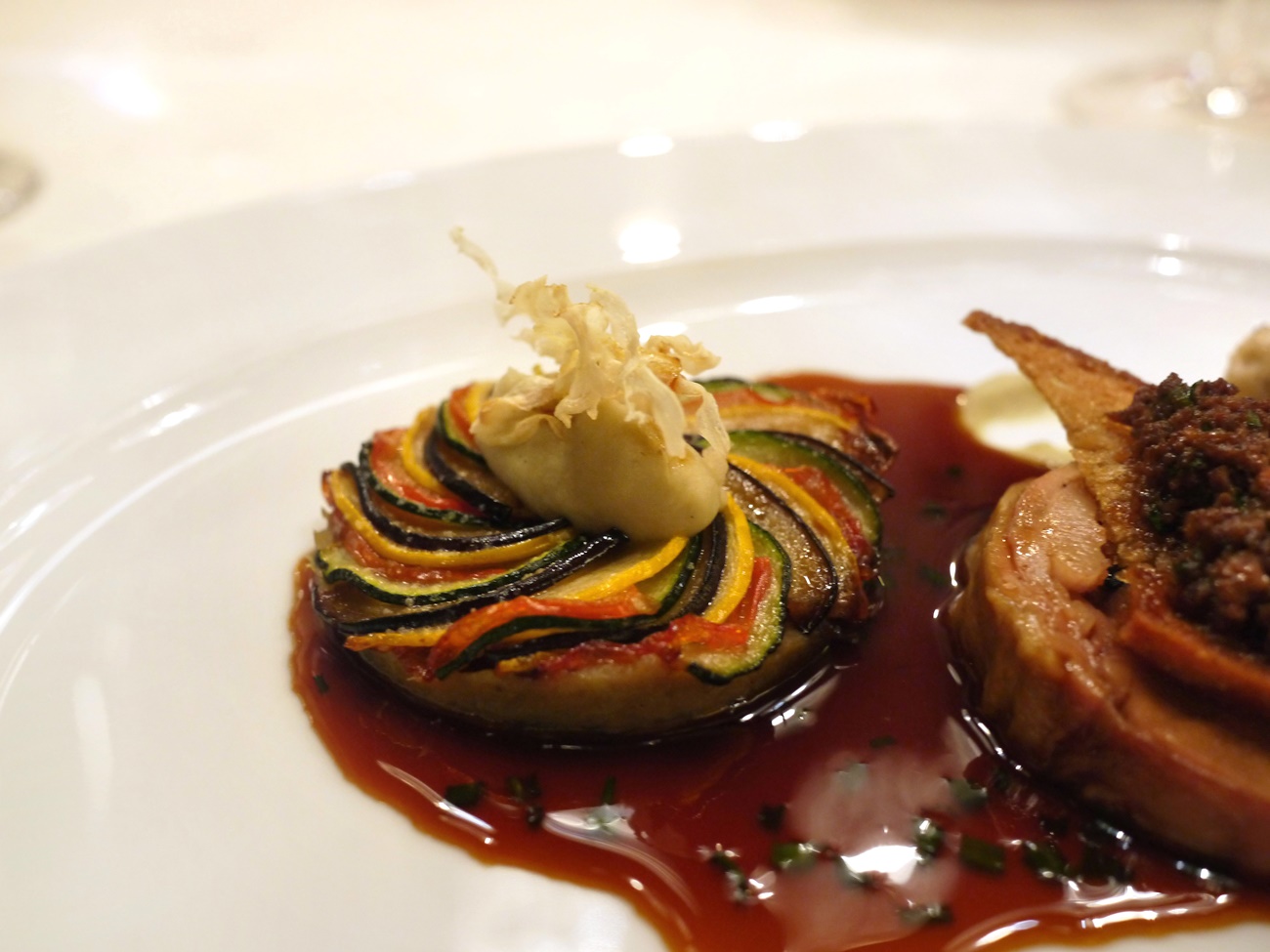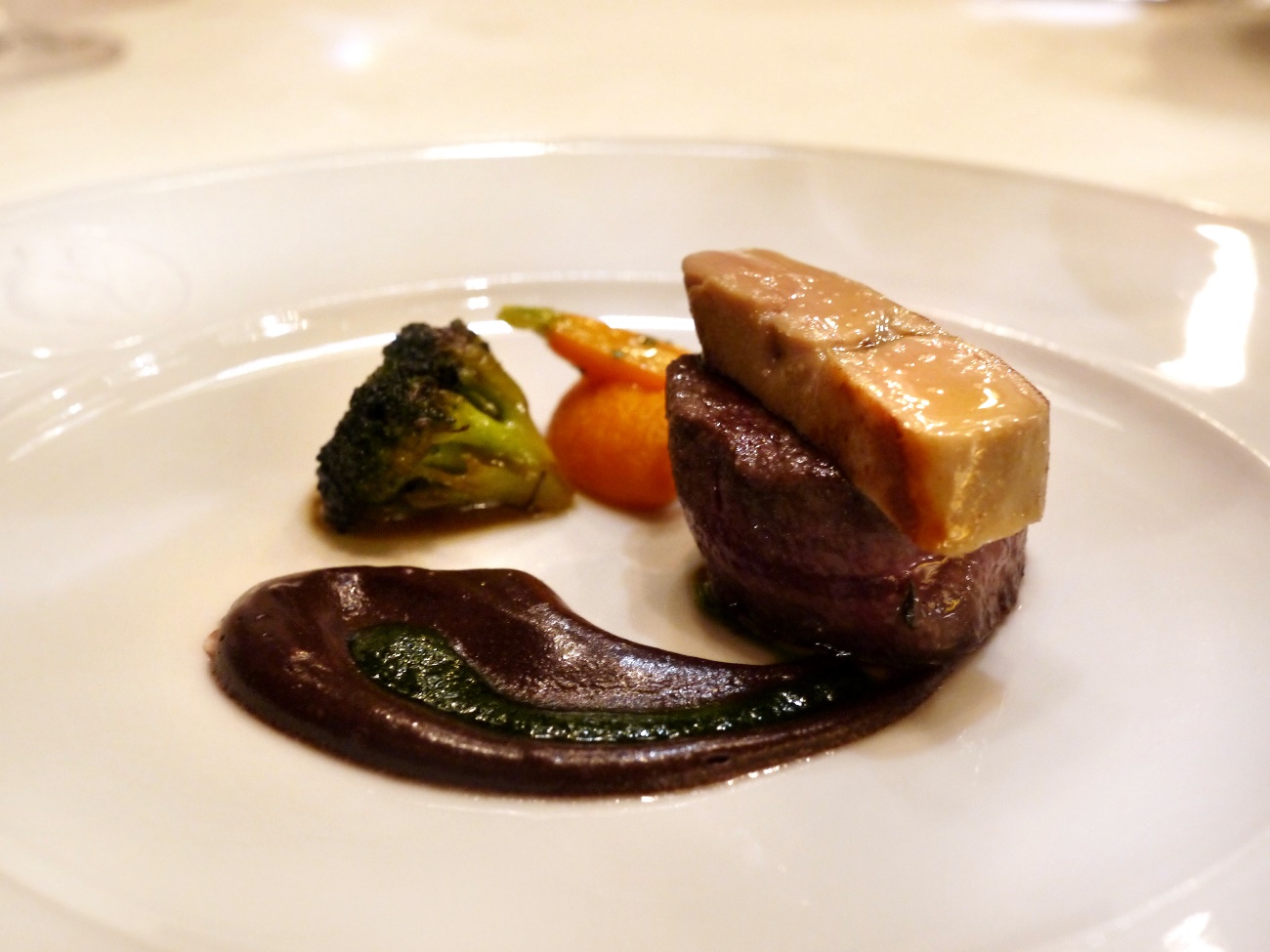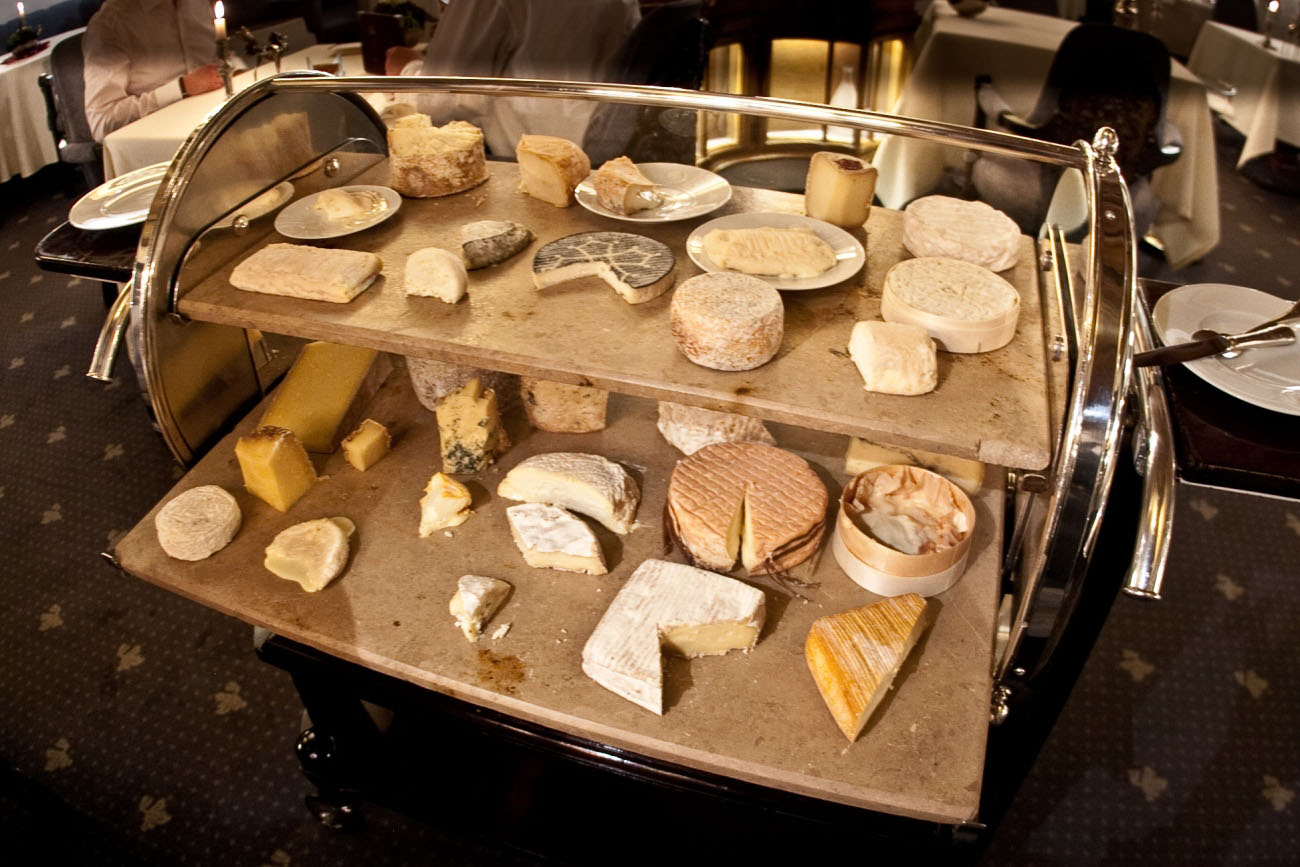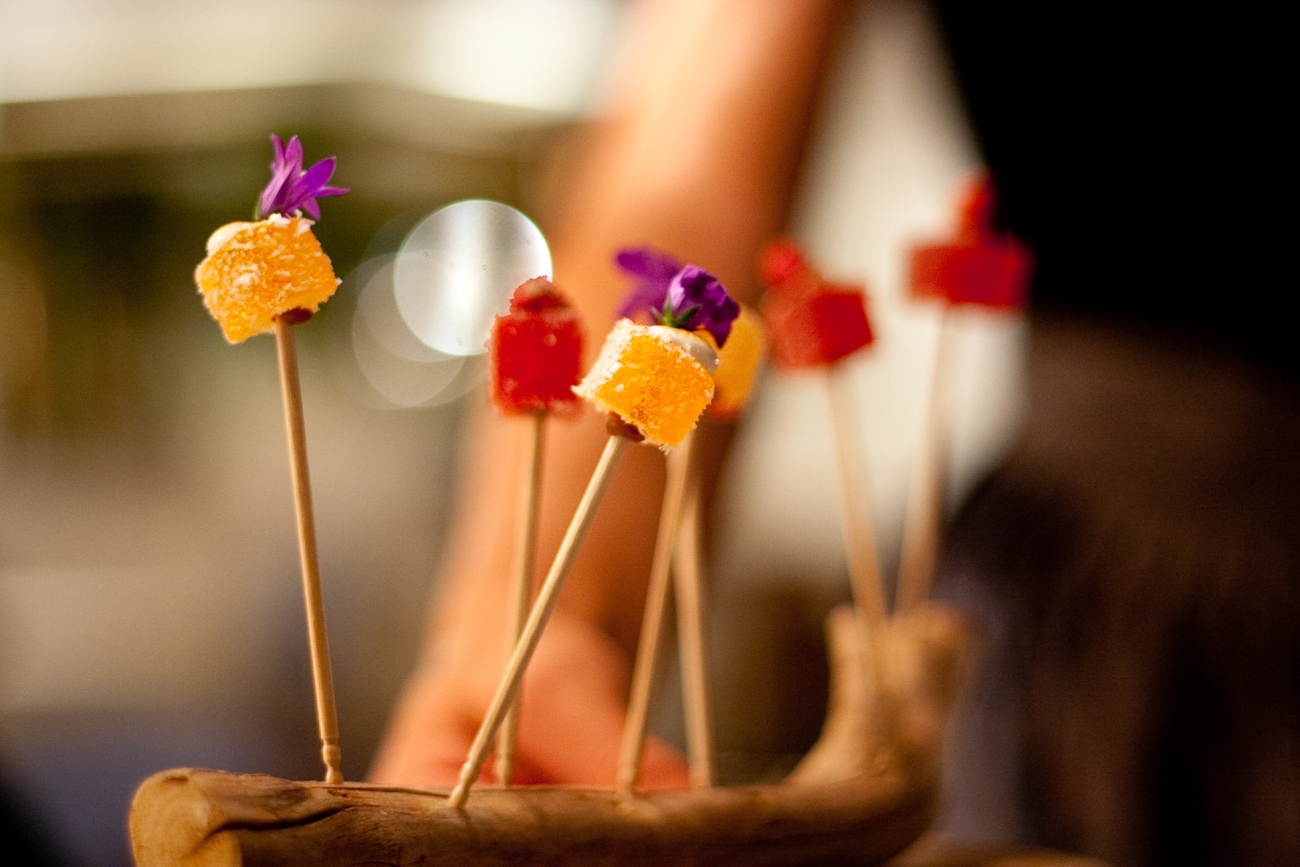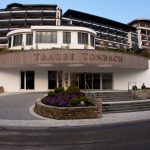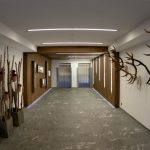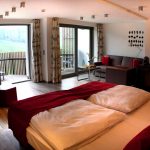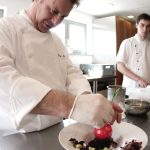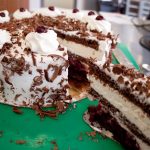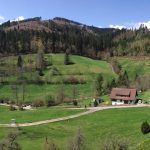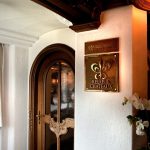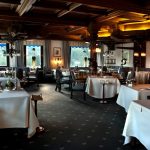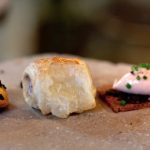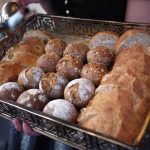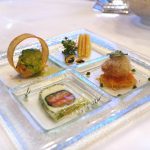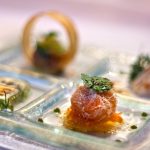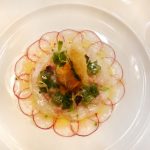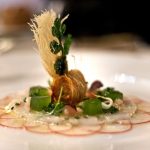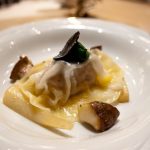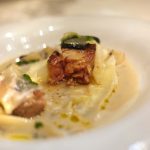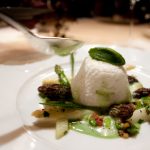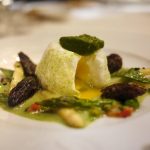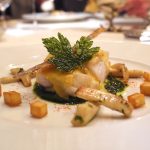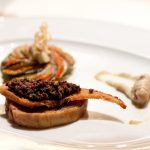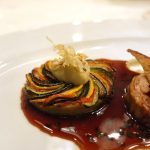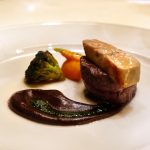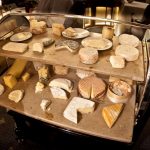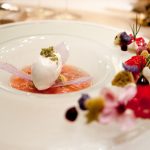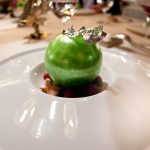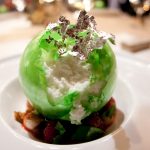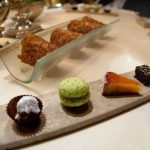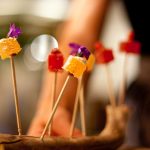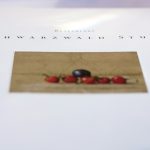CLICK ON THE MAIN PHOTO ABOVE TO VIEW CAPTIONS IN GALLERY FORMAT
Image 1: Over the past three decades, Harald Wohlfahrt's refined cuisine has consistently topped the restaurant rankings of the country. Given one of my fine dining objectives for this year is to experience top dinings in Germany, Schwarzwaldstube, literally means "Black Forest parlour", ought to be my first stop.
Image 2: We arrived early afternoon to the hotel Traube Tonbach located in the heart of the Black Forest with enough time for check-in and even a cooking class before our long meal that night.
Image 3: The hotel offers traditional style rooms in the main building…
Image 4: … and modern rooms in the new wing across the street which is conveniently connected to the fine dining restaurant.
Image 5: After a short break, we had a 2-hour lesson by the head pastry chef Pierre Lingelser of his modern interpretation…
Image 6: … and the traditional version of the famous Black Forest gâteau. What a fabulous start to our culinary week-end!
Image 7: Back to the balcony of our room to absorb the natural surroundings, an ideal place for us to relax and to enjoy a glass of welcome champagne before heading downstairs for dinner.
Image 8: www.traube-tonbach.de/schwarzwaldstube Chef: Harald Wohlfahrt
Tasting: €195 (7-course) À la carte menu: About €50 for starter and €65 for main
Closed on Monday and Tuesday, and weeks in January and August.
Image 9: Traditional dining room with large windows overseeing the beautiful landscape of the area.
Image 10: An array of amuse bouche to begin - tapioca chip with crab mousse, puff pastry with guinea fowl and truffle, and a rye bread chip with Périgord truffled butter and foie gras on top which is the tastiest of the three and certainly had the most distinct flavour.
Image 11: A good selection of bread.
Image 12: Our first course was a Variation of Char from Oberpfalz. We started with the Char with kataifi and salad of carrot, coriander, ras al hanut and caraway seeds on the right, followed by a mini-sandwich of Char with Comté cheese and olive salad with kumquat. Then tartare of Char with a crispy potato ring...
Image 13: ... and lastly the terrine of tomato and mousse of sturgeon surrounding the Char. A very elaborate first course!
Image 14: Another precisely plated course, Carpaccio of wild gamba, crispy seafood, tobiko, cucumber and affila cress, served on a bed of sliced radish, decorated with cucumber jelly! The tobiko egg brought a textural variation to the meaty gamba which released bags of flavour on each bite, and you could pick out a tiny bit of heat from sweet ginger.
Image 15: The warm crispy seafood was made with kataifi wrapped around prawn and fish paste with spices of the Middle East. It was a great dish that truly captured Wohlfahrt’s refined techniques, and more importantly all the elements worked well together in terms of temperature, texture, flavour and fragrance.
Image 16: Wohlfahrt surprised us with his Truffled goose liver raviolo, two kinds of parsley and truffle sauce.
Image 17: The raviolo was stuffed with seared foie gras and oyster mushroom with parsley purée, carefully laid on a bed of parsnip roots dressed with a generous amount of an intense earthy mushroom sauce at the table with shavings of Périgord truffle. The foie gras was cooked to perfection and the pasta was the right thickness.
Image 18: I was glad that the soufflé of quail egg, asparagus, morels, pea purée and green sauce came back on to the menu since a couple of years due to popularity, and it was the highlight of the meal!
Image 19: The quail egg white was beaten separately and the egg yolk was dropped in the middle before making a soufflé which essentially poached the yolk. The fresh parsley sauce melded the sweet pea purée and the soufflé, and what's better than asparagus to go with egg? This course was unique, fresh and refined.
Image 20: Sea bass, brandade, watercress, lemon and champagne butter. Forming the base of the dish was a bed of sweet watercress purée which had been beaten with olive oil. The brittle sea bass skin and crispy potato cubes were vital for some textural contrast in the dish. Suffice to say, the fish was cooked perfectly but also each element to this dish was as important as the other.
Image 21: Our first meat course was the ballotine of suckling goat, Mediterranean vegetable and wild garlic sauce. The baby goat ballotine was made from the saddle and fillet, sourced from the nearby region of Burgundy. It was cooked for 35 hours at 76 degrees Celsius, resulting in a stunningly soft texture. The sticky jus which contained wild garlic was not too sharp.
Image 22: Accompanied the ballotine was a gnocchi and a meticulously arranged disk of thinly sliced vegetable.
Image 23: A medallion of venison, carrot-ginger purée and cardamom jus. Served with a duck liver slice, a venison innards mousse made in equal ratio with crème fraîche, and a carrot and ginger purée, with broccoli and polenta on the side. The venison was served pink and the polenta with a hint of rosemary was great to mop up the venison jus that had a subtle flavour of cardamom.
Image 24: We wouldn't turn down a plate of cheese from Bernard Antony and got a handful of hard cheeses, nothing too rich and creamy. As expected, they were as good as always.
Image 25: The first dessert served was a rhubarb and elderberry soup, violet, pine resin, thyme and herbal ice. The caramel sugarwork was made from violet and ice cream from Mediterranean herbs. On the side of the plate were an eye-appealing arrangement of raspberry cream, violet, elderflower and aniseed. I liked most of the components on this dish except for the violet.
Image 26: The final dessert was an impressive sphere of Kir imperial: Woodruff-champagne snow and wild strawberry sorbet.
Image 27: As I cracked open the sugarwork globe I could see the strawberry sorbet, woodruff flavoured champagne mousse and milk chocolate foam. Underneath the sphere were some macerated wild strawberries oozing with sweetness. It was exactly what I wanted - a very fresh and light finish to the meal. Bravo!
Image 28: We made a concerted effort to try one of the petit fours each, consisting of a tuile, chocolate brownie with sesame, passion fruit tart with orange and coconut, pistachio macaroon and finally a chocolate dusted with sugar with Armagnac inside.
Image 29: And one last small fruit jelly cubes to conclude our meal.
Image 30: The service was spot on by the team of knowledgeable staff. This beautiful location was a perfect setting for Chef Harald's modernization of classic French cuisine using quality German produces. We were Indulged by another world class dining experience that this country has to offer!





